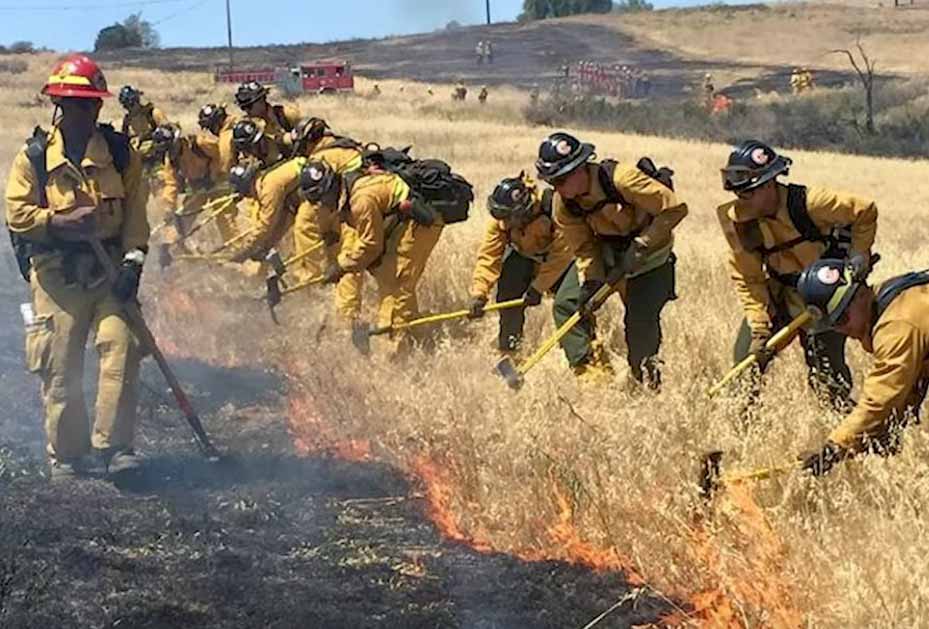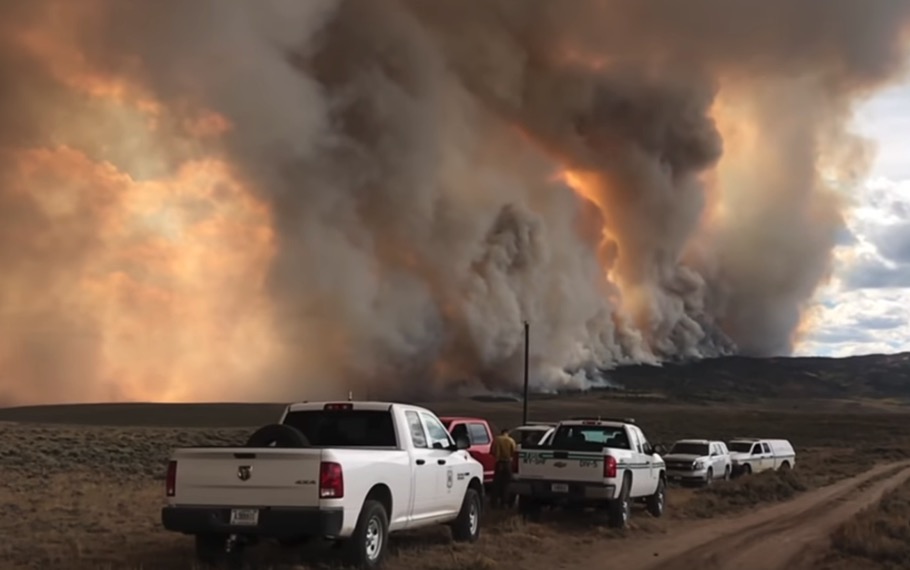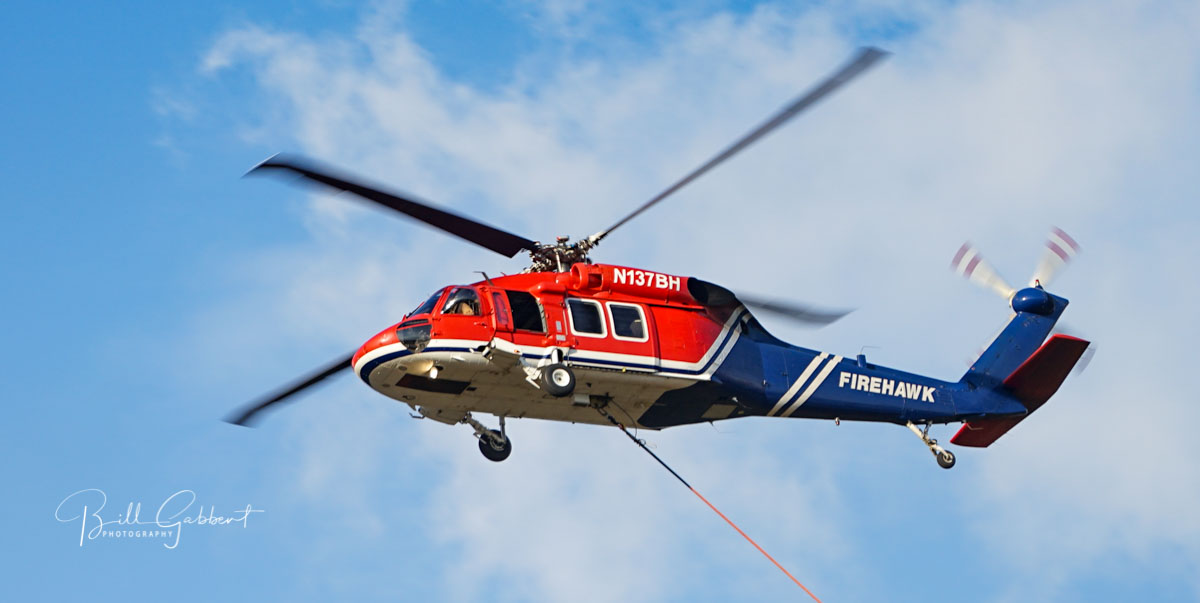(This article was first published at Fire Aviation.)
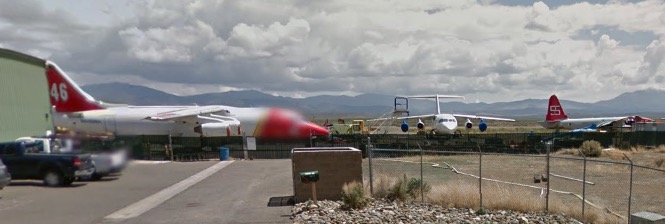
For more than 15 years Minden Air Corp has been working on the concept of transitioning from their Korean War vintage P2V air tankers to a jet, the BAe-146. They acquired two or three of them and had nearly completed their work on what was going to be Air Tanker 46 when they ran out of money.  Problems with hydraulic systems led to landing gear failures on two P2Vs, T-48 and T-55, taking out Minden’s last two operational air tankers, which no doubt affected their incoming revenue stream. Thankfully there were no serious injuries reported in those two accidents, unlike the crash of the company’s T-99 on October 3, 2003 that killed the two pilots, Carl Dobeare, 54 and John Attardo, 51. A lookout staffing a fire tower saw that P2V fly into a cloud bank as it was preparing to land at San Bernardino. It did not emerge and shortly thereafter they saw what appeared to be smoke at the top of the cloud. The NTSB described it as “controlled flight into mountainous terrain”. The two pilots had a combined total of more than 15,000 flight hours.
Problems with hydraulic systems led to landing gear failures on two P2Vs, T-48 and T-55, taking out Minden’s last two operational air tankers, which no doubt affected their incoming revenue stream. Thankfully there were no serious injuries reported in those two accidents, unlike the crash of the company’s T-99 on October 3, 2003 that killed the two pilots, Carl Dobeare, 54 and John Attardo, 51. A lookout staffing a fire tower saw that P2V fly into a cloud bank as it was preparing to land at San Bernardino. It did not emerge and shortly thereafter they saw what appeared to be smoke at the top of the cloud. The NTSB described it as “controlled flight into mountainous terrain”. The two pilots had a combined total of more than 15,000 flight hours.
In October AvGeek filmed a report about Minden Air Corp at the Minden Airport 45 miles south of Reno, Nevada.
Tim Cristy, Flight Operations for Minden, said in the video when explaining why the conversion of T-46 came to a stop, “We ran out of money. Well, the engineering got expensive as all get-out”.
We attempted to call Mr. Christy and Minden’s CEO, Len Parker, to get more information but the number we had used before no longer works.
The T-46 project had progressed to conducting a grid test, which involves dropping retardant over a grid of more than 3,000 cups on the ground. In the video Mr. Cristy said the test went well. We are not sure if the aircraft ever received a Supplemental Type Certificate from the FAA which is a major hurdle to overcome in addition to approval from the Interagency Airtanker Board. After that they would have had to deal with the bewildering and unpredictable Forest Service contracting system before they ever received a dime from their large monetary investment.
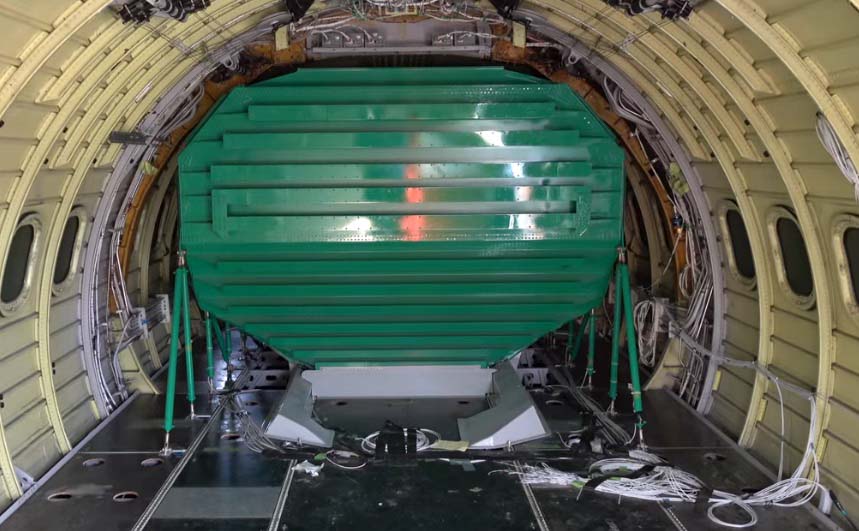
The video below, published June 17, 2014, shows T-46 making its first test drops of water and retardant.
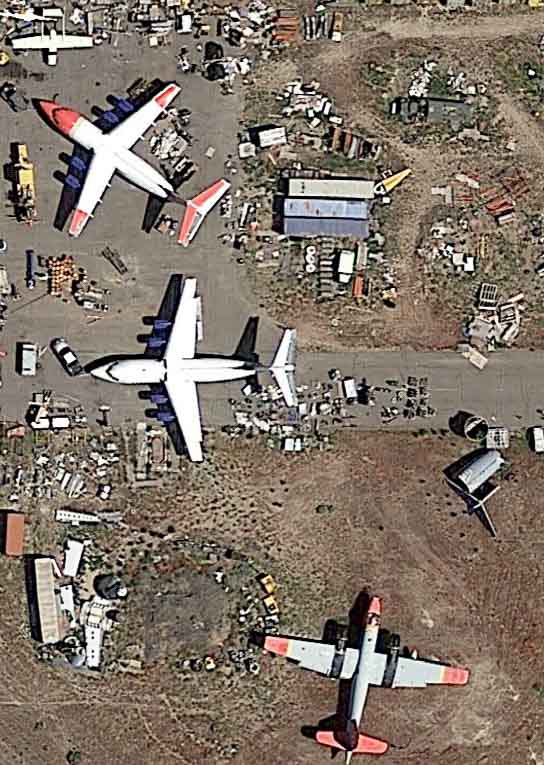
Thanks and a tip of the hat go out to Brian.
Typos or errors, report them HERE.

